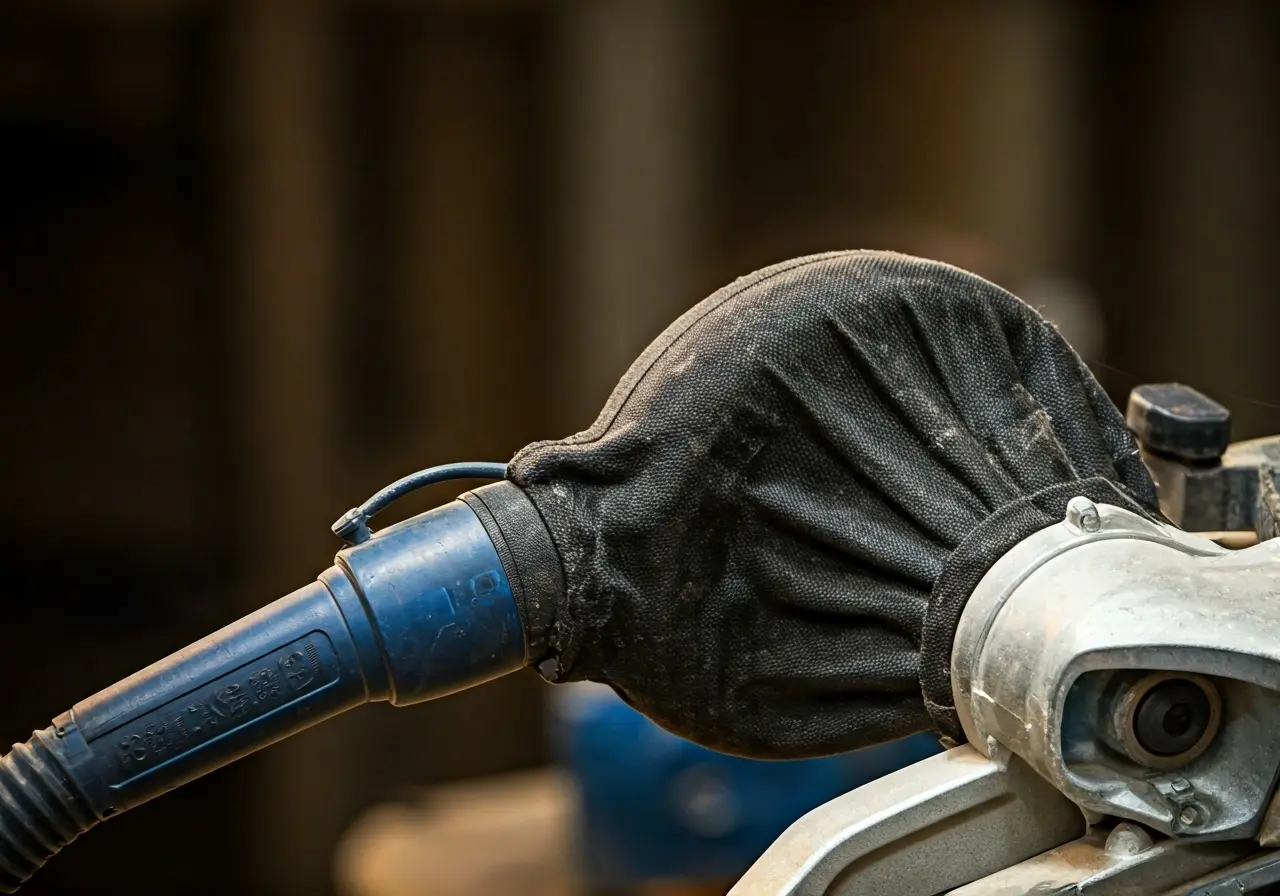In the world of construction and DIY projects, dealing with dust is a common challenge. However, innovative vacuum tools are paving the way for a cleaner, healthier workspace. In this blog, we’ll explore how these tools are shaping the future of dust-free cutting.
The Problem with Traditional Cutting Tools
Traditional cutting tools often create a significant amount of dust, posing health risks and creating a mess. This issue is not only inconvenient but also potentially harmful, making it crucial to find solutions that mitigate dust generation.
The issue of dust in construction and craftsmanship isn’t just about cleanliness—it’s about health and safety too. Dust particles from common building materials like concrete and wood can become airborne, leading to respiratory issues and occupational health hazards over time. In fact, frequent exposure can lead to serious conditions such as silicosis, a lung disease directly linked to inhaling silica dust from construction sites. It is imperative then, in light of these dangers, to prioritize solutions that address and minimize dust emissions effectively.
How Vacuum Tools Work
Vacuum tools are designed with built-in suction systems that capture dust at the source. By integrating powerful vacuums directly into the cutting equipment, they effectively minimize dust emission, resulting in cleaner work environments.
The functionality of vacuum tools is quite straightforward but ingeniously effective. Essentially, these tools consist of a cutting element paired with a vacuum system that creates a negative pressure environment. As you cut through material, the vacuum activates, sucking up the dust before it has a chance to escape into the air. This method is especially beneficial in enclosed spaces or for prolonged cutting sessions, where dust buildup can rapidly deteriorate air quality. With adjustable suction settings, users can tailor the vacuum action to fit the material’s density and type, thus optimizing the dust capture performance.
Moreover, enhancing the efficiency of these tools are features like HEPA filters, which capture even the smallest dust particles, ensuring they don’t re-enter the workspace. This innovative approach not only preserves the integrity of the air quality but also supports sustainability by significantly reducing the amount of waste generated during typical industrial processes.
Benefits of Using Vacuum Tools
Besides reducing dust, vacuum tools improve air quality, contribute to a safer workspace, and simplify cleanup. They are especially beneficial in indoor settings where maintaining clean air is paramount for health and safety.
Incorporating vacuum tools into your work routine brings a multitude of benefits, the foremost being the dramatic improvement in air quality. By capturing harmful particles immediately, these tools effectively prevent respiratory illnesses that often plague workers in dusty environments. The added benefit of noise reduction through the vacuum mechanisms makes for a less stressful and more productive work setting. Furthermore, time savings from minimized cleanup mean more focus on the tasks at hand, boosting overall productivity and efficiency enormously.
For homeowners and professionals alike, the environmental benefits cannot be overstated. Vacuum tools help in reducing waste, as they often collect dust that can be filtered and reused in certain applications. This sustainable approach not only contributes to a cleaner environment but also saves costs related to waste disposal and environmental compliance.
Innovations and Trends in Vacuum Tool Technology
Recent innovations have introduced more efficient and compact vacuum tools. From enhanced filtration systems to ergonomic designs, these advancements make it easier and more effective to manage dust during cutting tasks.
The landscape of vacuum tools is evolving rapidly, driven by technological advancements and user-centric innovations. Modern models boast improved mobility with battery-powered designs, eliminating the cord clutter and allowing for greater flexibility especially in field operations. Additionally, smart vacuum systems incorporating IoT capabilities are emerging, providing real-time data on dust levels and enabling automatic adjustments for optimal suction power. This not only ensures enhanced performance but also prolongs the lifespan of the machinery by providing maintenance alerts.
Another exciting trend in the industry is the development of hybrid systems that combine vacuum functionality with other processes, such as polishing or sanding. This integration reduces equipment needs, saves space, and streamlines workflow considerably. The constant push for innovation is a testament to the industry’s commitment to creating safer, cleaner, and more efficient working environments.
Choosing the Right Vacuum Tool for Your Needs
Selecting the right vacuum tool depends on your specific requirements. Consider factors such as the type of material you are cutting, the size of the workspace, and the tool’s compatibility with your existing equipment.
When choosing a vacuum tool, it’s important to evaluate the specific demands of your projects. If you’re working with heavy materials like concrete, a tool with a high-powered motor and robust suction capabilities is essential. For more intricate tasks, such as woodworking or metalwork in confined spaces, opt for models that offer precision control and adjustable vacuum strengths. Ergonomic considerations, such as weight and handle design, should not be overlooked to ensure user comfort during extended use.
It’s also vital to factor in the tool’s maintenance needs and operational costs. Some advanced models feature self-cleaning filters that reduce downtime and enhance performance. Others come with modular components, making replacement easier and more cost-effective. Evaluate the after-sales support and warranty options, ensuring any issues can be efficiently resolved, which enhances your long-term investment.
Embracing a Dust-Free Future with Vacuum Tools
Vacuum tools are indeed changing the landscape of cutting tasks in industries and homes alike. With their ability to minimize dust and promote cleanliness, they are essential for anyone looking to maintain a healthier workspace. As technology advances, we can only expect even more efficient solutions to emerge. To learn more about how vacuum tools can benefit your projects, visit our homepage.





Leave a comment
This site is protected by hCaptcha and the hCaptcha Privacy Policy and Terms of Service apply.